The comforts of medieval castles, or Why Retire to the cloakroom
Categories: Europe | History | World
By Pictolic https://pictolic.com/article/the-comforts-of-medieval-castles-or-why-retire-to-the-cloakroom.htmlThe Middle Ages is a period of history when people did not care too much about comfort. We can say that since antiquity, the living conditions of the inhabitants of Europe have not improved, but on the contrary, have fallen into decline. However, there is one side of everyday life that has been marked by some progress, and this, oddly enough, is ordinary toilets.

Even from school history lessons, we know about the terrible unsanitary conditions in medieval cities. Containers with feces that were emptied on the heads of passers-by, fetid streams flowing through the streets to the nearest river, infernal stench, rats and other delights were the norm for citizens almost until the XVIII century.
But few people wondered how the "powerful of this world" — kings, dukes, counts and noble knights - sent their natural needs? Did aristocratic waste products also tritely splash out on the heads of vassals from the windows of the bedchambers?
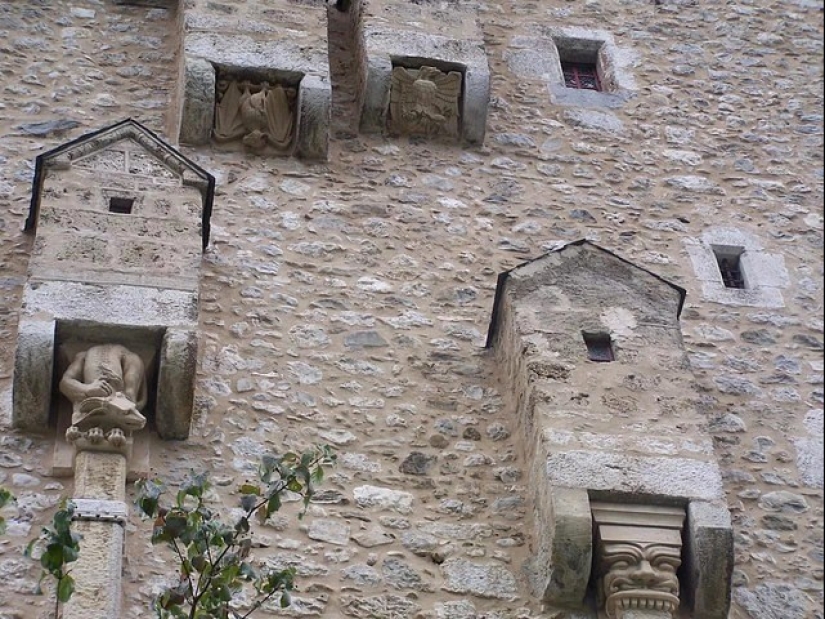
Of course not. For a medieval castle, waste disposal was a matter of vital importance. In conditions when hundreds and sometimes thousands of people were forced to stay in a limited area for a long time, unsanitary conditions were too expensive. Especially expensive during castle sieges, which sometimes dragged on for months and years.
The first fortresses of the early Middle Ages did not need special amenities. Built of wood and soil, they rarely accommodated large garrisons and even less often fell into long sieges. The usual pits in the courtyard, away from housing and warehouses with food, satisfied all the defenders of the fortification, from the king to the rootless infantryman.
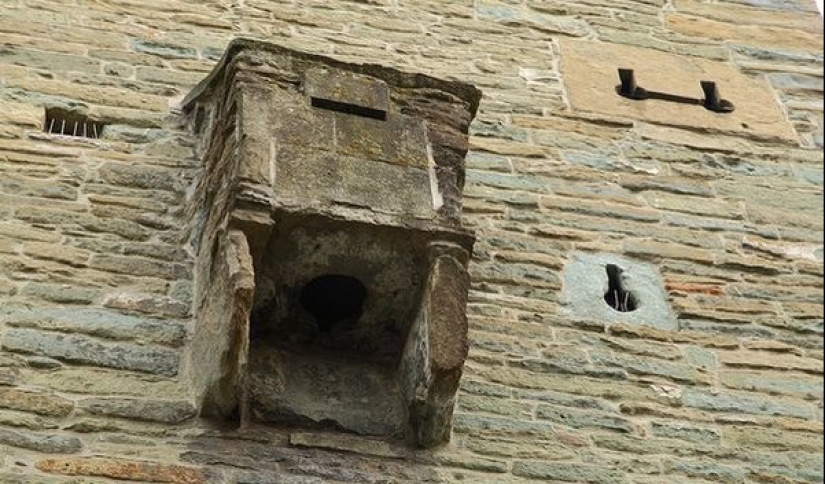
Later, when fortresses and castles began to be built of stone, I had to break my head over the problem of toilets. Being in the narrow stone wells of the castle courtyards next to the cesspools was unbearable even for knights who did not know soap and washcloths, so the toilets were taken outside the fortress walls.
Of course, this expression is somewhat figurative and, wanting to go "big", the defender of the citadel did not need to risk making his way under a hail of arrows. Latrines were placed in the so—called bay windows - architectural elements that protrude beyond the dimensions of the fortress walls, like walled loggias.
The waste products in this case simply fell into the fortress moat or on the heads of the besiegers — as luck would have it. Going to the toilet was quite comfortable, except for the piercing wind from the hole in winter and the seasonal risk of getting an arrow or a crossbow bolt in the seat during armed conflicts.
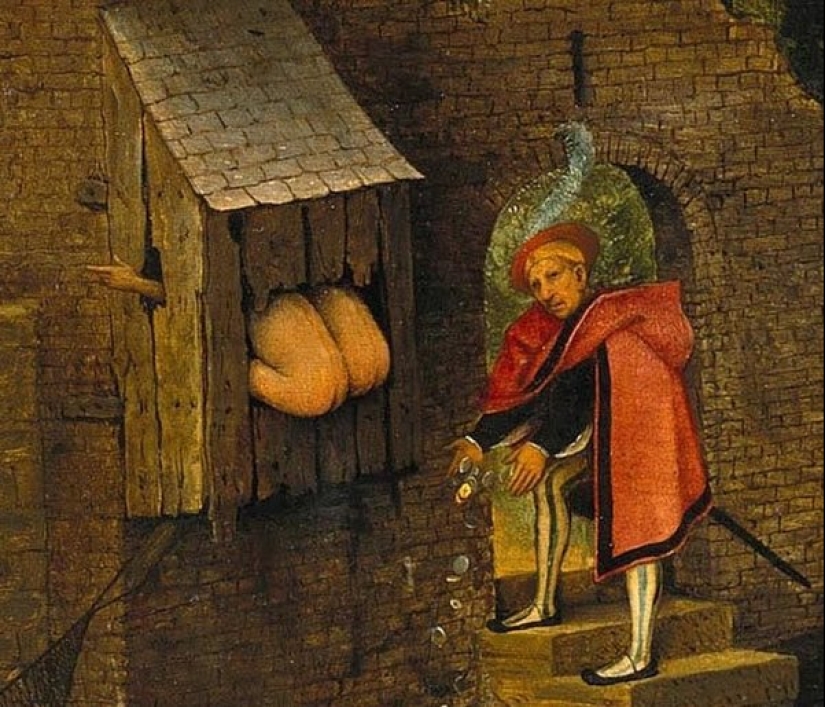
Here we need to digress and say that the fashion for bay window toilets was adopted by some citizens who were lucky enough to live in houses near canals and other reservoirs. Toilets of a similar design can be seen on the canvases of Brueghel and other medieval painters.
But let's return from commoners and burghers to noble people. In castles, the toilet over the abyss was called simply and exquisitely — the wardrobe. Why is this word now used in a different meaning? Yes, everything is fine — nothing has changed. In the cloakroom toilets, the nobles kept their clothes hanging on hooks from the ceiling. This was done not because of a lack of useful areas, but, oddly enough, for hygienic purposes.
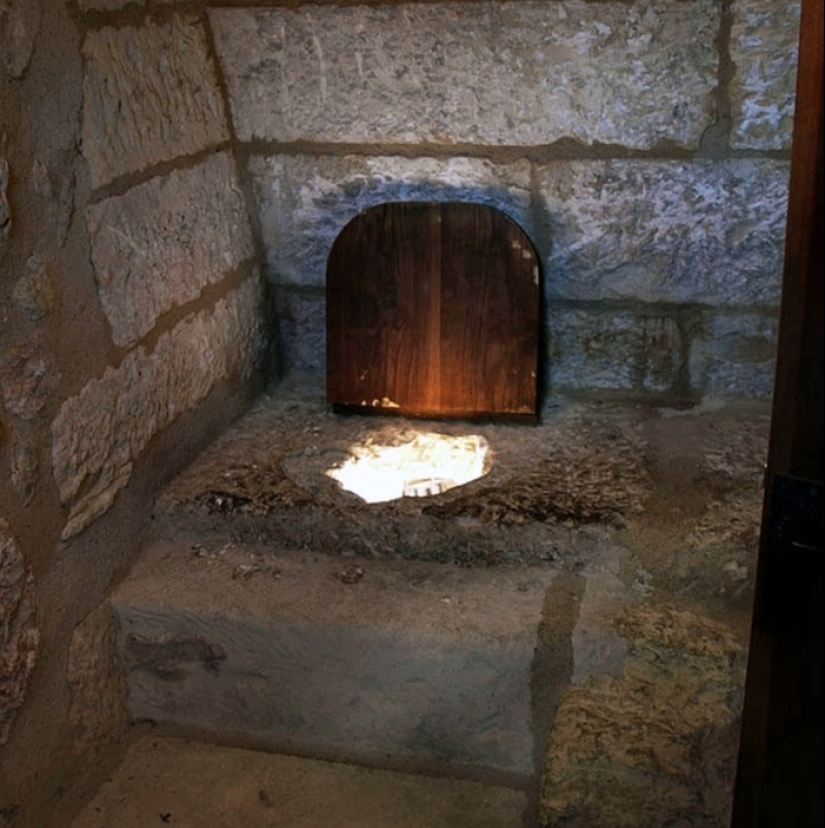
Firstly, there were always drafts in the closets, airing jackets, robes and shirts, and secondly, an ammonia stench always reigned in these rooms, which notably repelled insect parasites. A junior squire was usually appointed senior in the wardrobe. With the hanging of the chef's formal and casual clothes over the toilet hole, a career in the service of a medieval aristocrat began.
In large castles, it was impossible to solve the problem with the help of wardrobes and only the most notable residents of the fortress had a separate toilet. By the way, in some places a fireplace was used as a toilet - at hand and always warm! For mass shipments of natural necessities, a separate tower was built, which was called dantzker. It was a full-fledged fortification with powerful walls and loopholes, but standing a little apart from the main fortress buildings.
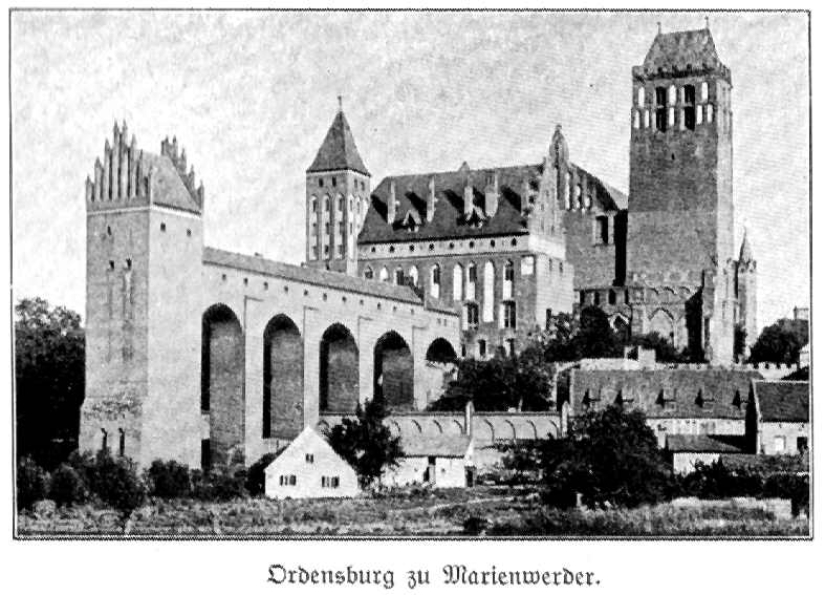
The dantzker was connected to the main fortifications by a gallery, which, in case of loss of control over the dantzker, could easily be destroyed. Unfortunately, the toilets were not always controlled — it was through the holes of the latrines that the enemies got into the impregnable citadel of Richard the Lionheart — Chateau-Gaillard Castle. The attackers moved from dantzker to the fortress along the gallery and arranged a bloodbath for the defenders.
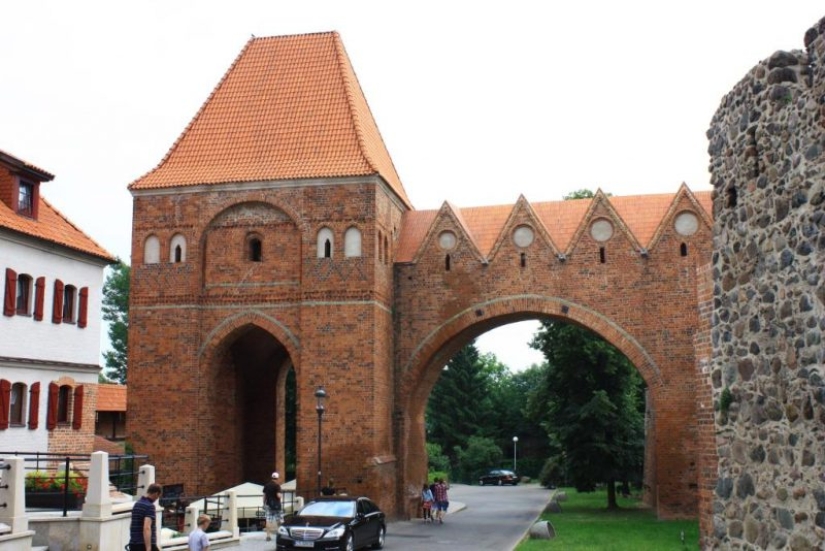
Many danckers were built over a stream or a specially dug moat. In this case, the feces fell into the water and were carried away by the current. During droughts, when there was no water in the canal, the stench spread far beyond the tower and even residents of the main castle buildings suffered from it. There is a single case when the problem could be solved by installing a reservoir on the roof of the building, which serves to collect rainwater. The stock obtained in this way was used for flushing purposes in the absence of precipitation for a long time.
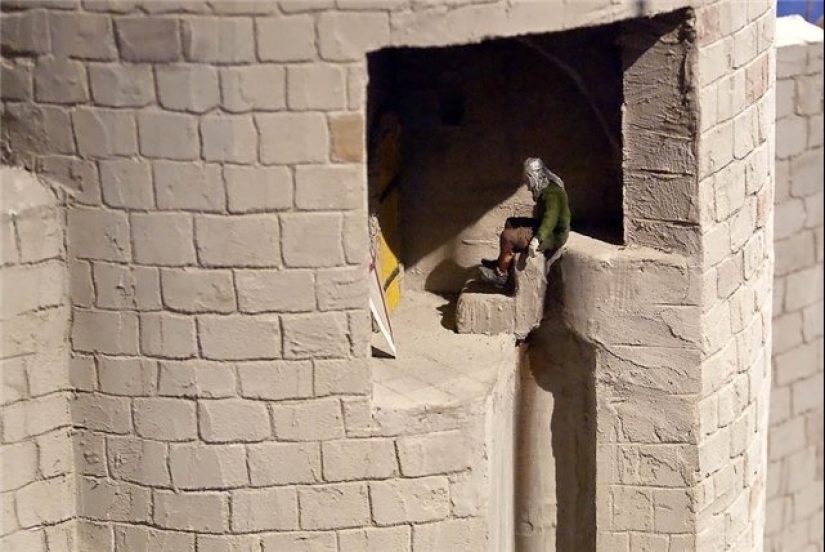
The dantskers sometimes housed quite official premises. Because of this, in 1183, a tragedy occurred in the German Erfurt Castle, in which the flower of the nation died and the empire almost lost one of the most revered monarchs. Frederick I Barbarossa chose this fortification in Thuringia to celebrate the next Reichstag. A huge number of nobles gathered in the tower and the rotten beams of the building, erected three centuries before, could not withstand the pathos and brilliance of the nobility.
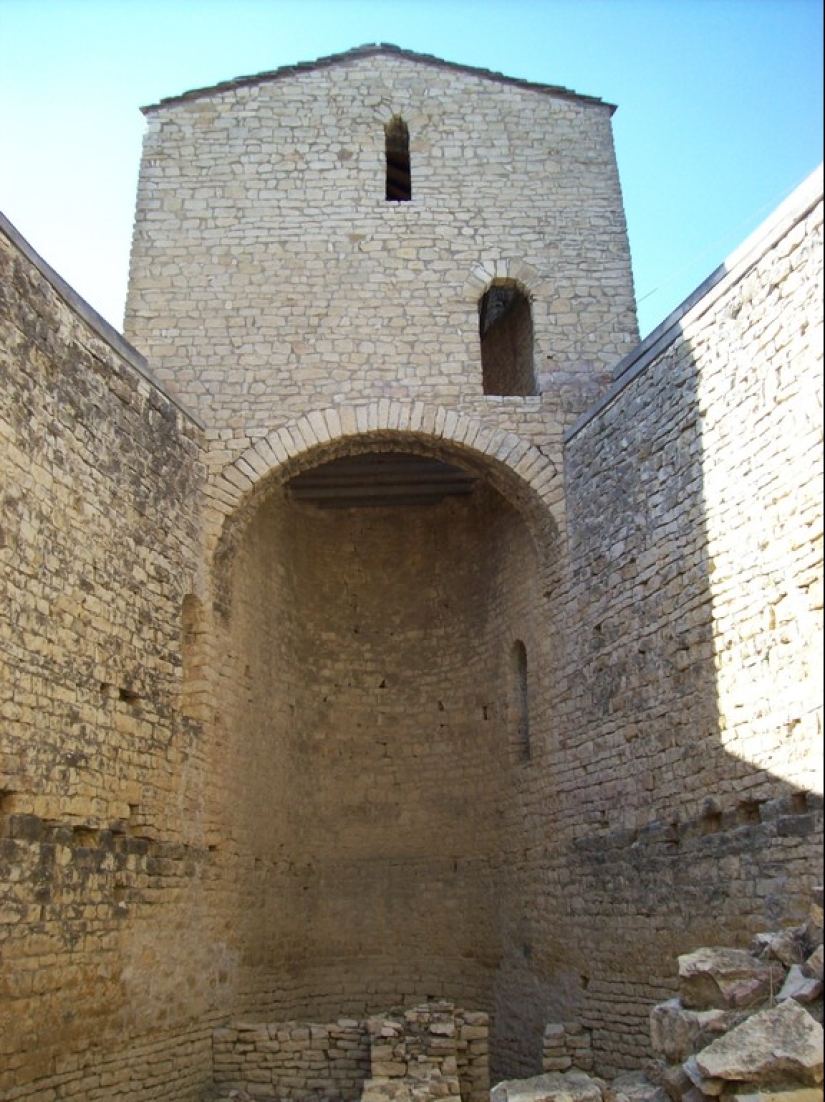
The ceiling collapsed, and under it, by an unfortunate coincidence, there was not a lower floor, but a huge sewer tank. Everyone who was present at the celebration fell from a 12-meter height and drowned, sorry, in shit. Friedrich the Red-Bearded himself escaped by a miracle, hanging on the window of the outer wall and holding out until the arrival of help with ladders and ropes.
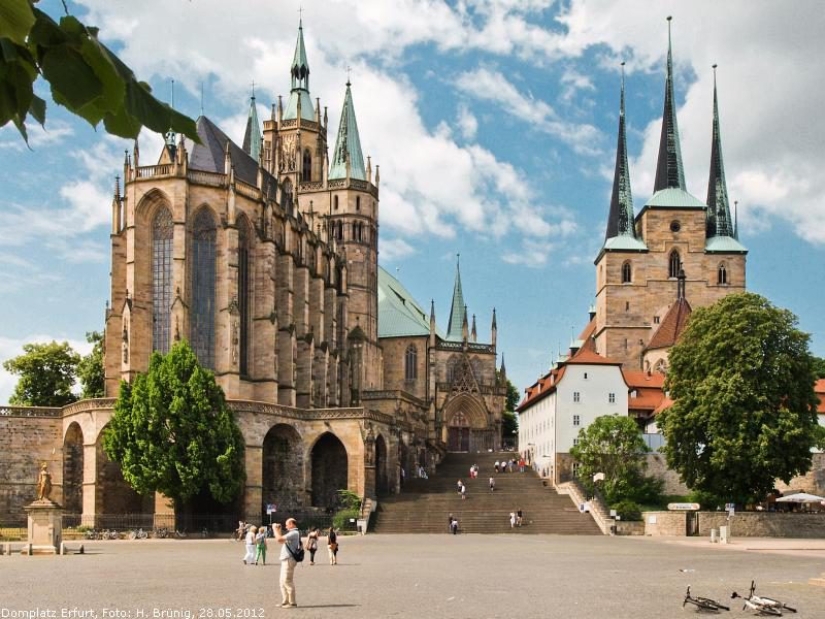
The outcome of the tragedy was impressive. Here 's how the historian writes about it:
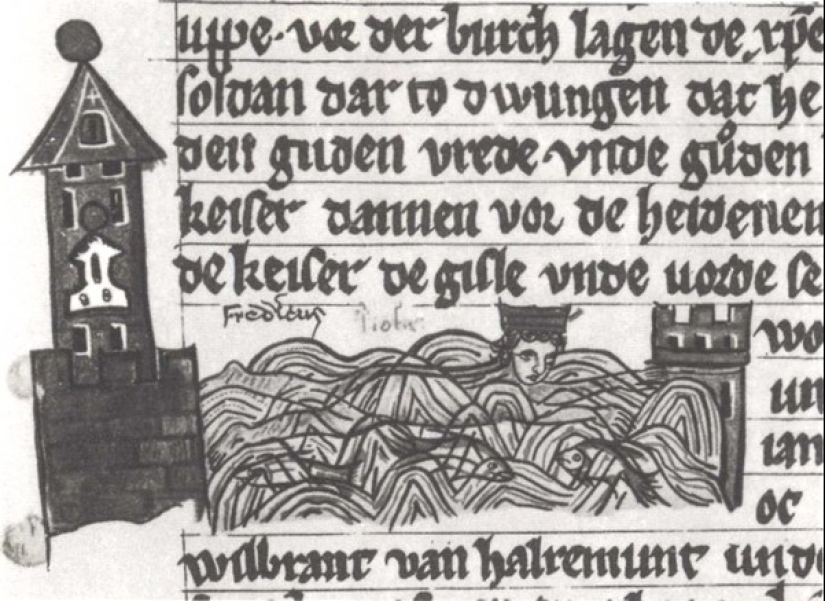
But, as you know, if someone is destined to be hanged, he will not drown. With the restless Holy Roman Emperor and the King of Germany, it was exactly the opposite. Frederick I still drowned 7 years after the tragedy in Erfurt, though not in a cesspool, but in the mountain river Salef, on the territory of modern Turkey.
Recent articles

No matter how we strive for positive, but negative feelings and emotions are an integral part of our life. And if you can’t avoid ...

If your mailbox is located outside, this is the first thing that catches your eye when someone comes to your door, whether it's the ...

At the word "harem" most people come up with colorful pictures-an abundance of seductive half-dressed women, gurgling water ...